As renovations on the brick walkways in the “The Pit” and surrounding areas (Lenoir Hall, Davis Library, Graham Student Union, and Student Stores) continue through the summer, ground is regularly being uncovered that has literally “not seen the light of day” for numerous decades. During my 10 years as the Photographic Materials Processing Archivist for Wilson Library Special Collections, I have had the privilege of being able to work with thousands of images (drawings, sketches, photographs, etc…) depicting the University campus as it has grown and changed over the years. Often, as I walk around campus, I find myself thinking of how areas looked before other building were added to the landscape of campus. I do this so that when I see historical images, I can sort of “deconstruct” to what campus looked like at the time an image was made, and more quickly orient myself to what I am looking at.
On the morning of June 20, on my way in to the office, I walked from the bus stop on South Road at the Student Stores up the brick stairs between the Student Store and the Frank Porter Graham Student Union Buildings….
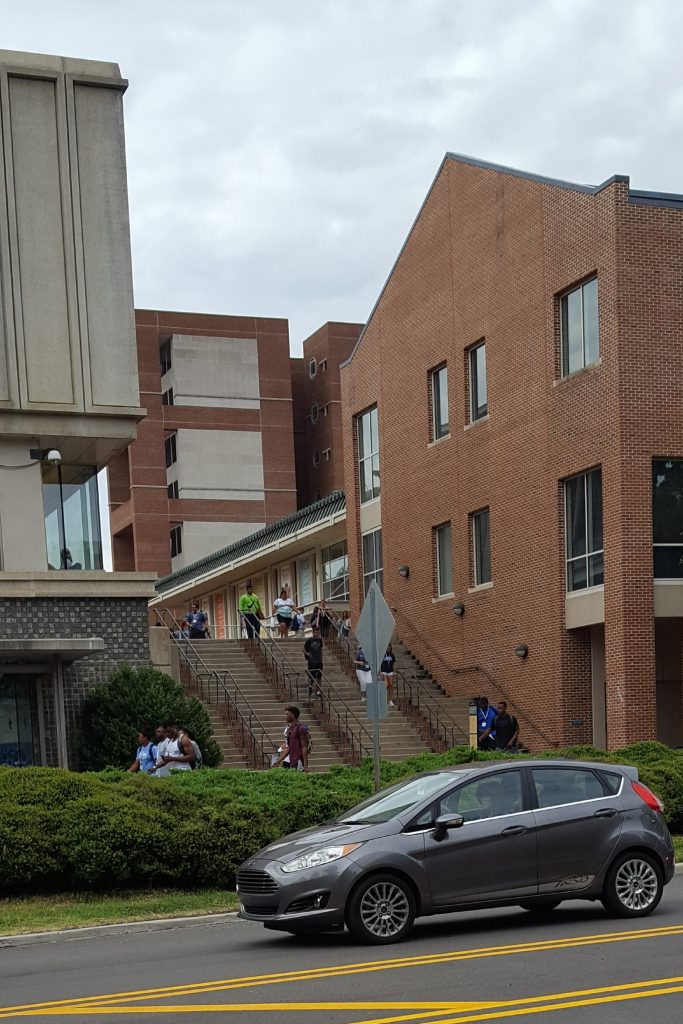
As I reached the top of the steps, I noticed some stone work that had recently been uncovered directly in front of the Graham Student Union Building…
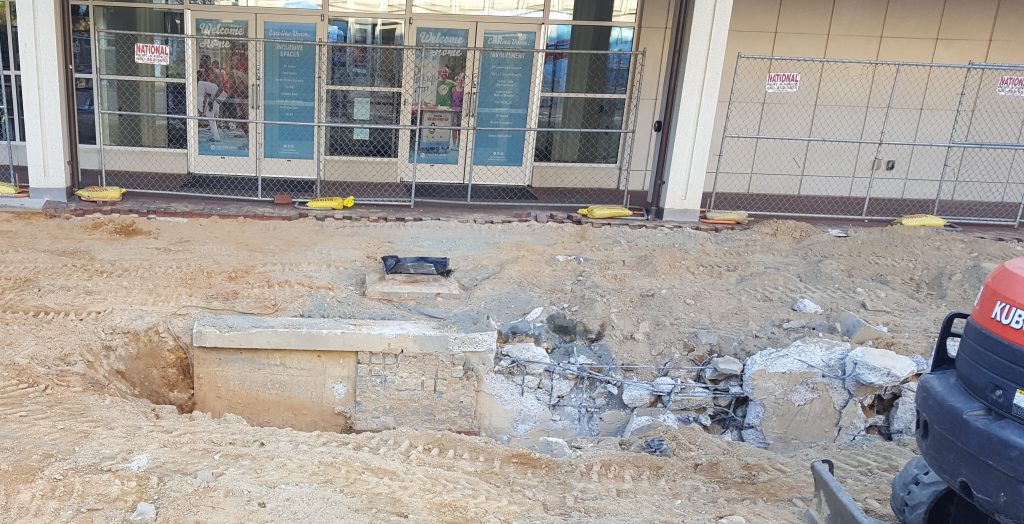
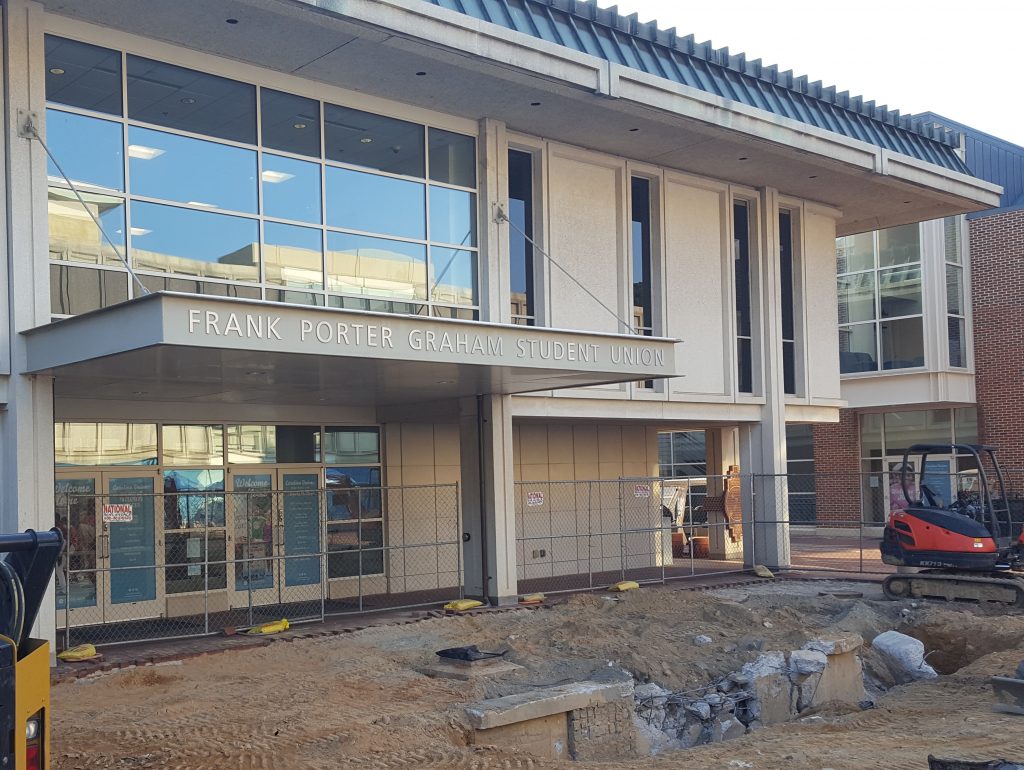
This stonework looked familiar to me…where had I seen it before? Then it hit me; this must be what is left of the staircase that existed before the 1999-2004 renovations to the Frank Porter Graham Student Union Building. I honestly could not recall (from my own memories of campus) what this area looked like before the renovations and additions began in 1999.
(Good thing we just happen to have SOME images of the campus from days past in the Wilson Special Collections Library)
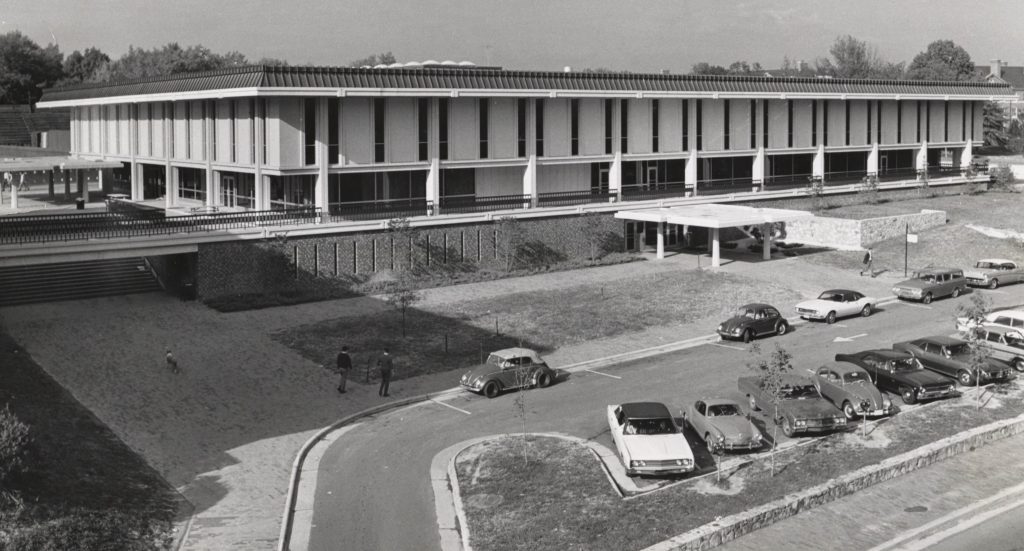
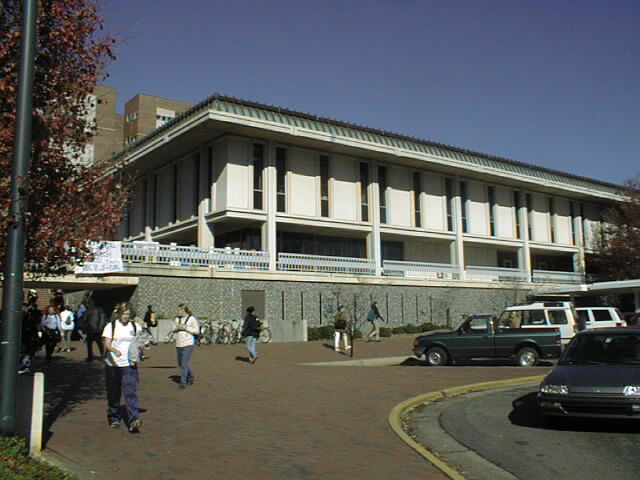
View of demolition of “original” brick stairs at Frank Porter Graham Student Union Building, circa 1999-2000 Image from News Services of the University of North Carolina at Chapel Hill Records #40139, University Archives Digital Folder DF-40139/0169
When I walked by the next day, the stonework was gone and the whole section had been dug out. It was a brief look into the past, now covered up again, as the campus continues to grow to fit the needs of its students. Now we are back to the image that started this post.


